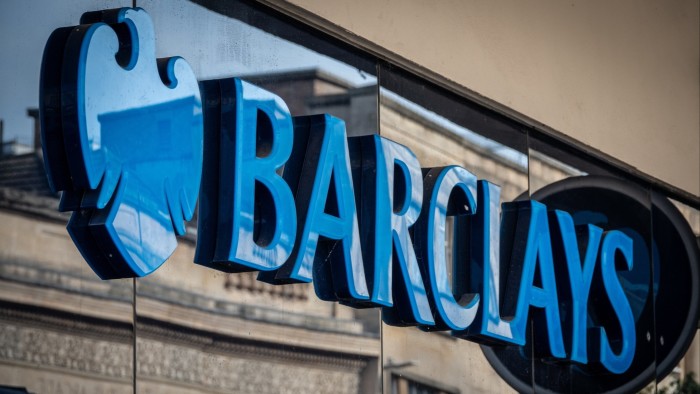Unlock the Editor’s Digest for free
Roula Khalaf, Editor of the FT, selects her favourite stories in this weekly newsletter.
Barclays chief executive CS Venkatakrishnan has said he is against changes to the UK’s bank ringfencing rules, putting the bank at odds with other major British lenders that have put pressure on the government to scrap or scale back the regulation.
The ringfencing rules, introduced after the 2008 financial crisis, aim to separate the retail arms of large banks from their other, riskier divisions to protect consumers from the impact of big trading losses and reduce the risk of taxpayer bailouts.
“Ringfencing helps protect depositors by segregating the liabilities and the assets and makes it easier to make depositors whole,” Venkatakrishnan said during a call with reporters on Wednesday after Barclays announced its first-quarter results.
Venkatakrishnan pointed out that it was not so long ago that the UK was forced to bail out its domestic banks, and said the government had only recently started reducing those shareholdings. “I go on the side of depositor protection,” he said.
His comments contrast with the stance of banks including NatWest, Lloyds Group and HSBC, which have asked UK chancellor Rachel Reeves to abolish the post-crisis rules they say stifle competition. The rules affect lenders with more than £25bn — to be raised to £35bn — in deposits.
Barclays reported a 20 per cent rise in profits in the first quarter, helped by solid performance in its investment bank and the flurry of trading activity unleashed by uncertainty surrounding Donald Trump’s global trade war.
The bank said its net profits were £1.9bn, up from £1.6bn a year earlier and ahead of analyst expectations of £1.68bn, while revenues rose 11 per cent to £7.7bn.
Barclays’ investment bank reported revenues of £3.9bn in the first three months of the year, up 16 per cent from the same period last year with equities trading bringing in £963mn.
Banks across Wall Street and Europe have benefited from a surge in market volatility since the start of the Trump administration in January. Fixed income trading, where Barclays has historically been stronger, delivered standout performance for the bank, with a 21 per cent increase in revenue year on year — significantly ahead of consensus.
The British lender also revised its net interest income guidance upwards for the year, from £12.2bn to “greater than £12.5bn”, as it benefits from structural hedging implemented to offset the impact of falling rates.
Barclays’ domestic business was stable, with net income up 6 per cent from the same period last year. The division’s higher net interest income was offset by a drop in fees and commissions as well as higher credit impairment charges, largely stemming from personal banking.
Venkatakrishnan, who is approaching the midpoint of a three-year strategic plan to revive the British lender’s share price, said he was “paying close attention to the recent market volatility” and that the bank’s strategy had been designed to “deliver in a range of financial environments”.
Barclays shares have recovered from a slump triggered by the so-called “liberation day” tariff announcements, and were up about 1 per cent on Wednesday.




